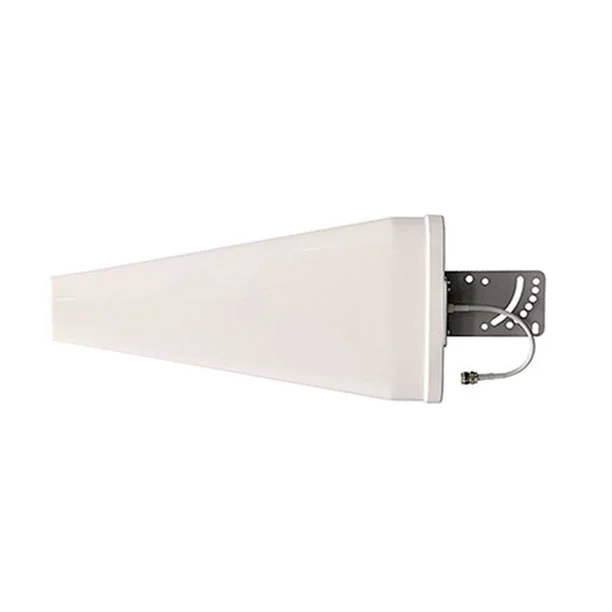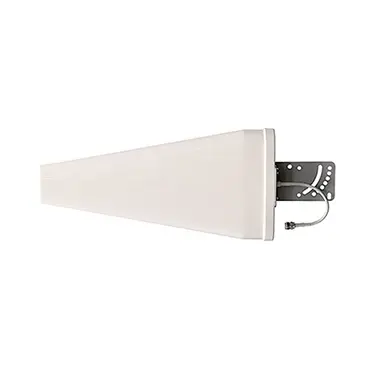- Home
-
Products
Combination Antennas Terminal Antennas Mobile Antennas Dish Antennas Grid Antennas Omni Antennas Panel Antennas Sector Antennas LPDA Antennas Wall Mount Antennas Yagi Antennas GPS & GNSS Antennas PCB Antennas RF Connectors Antenna Accessories RF Cables Ceiling Antennas Backfire Antennas DVB Antennas
- Company
- Services
- Resources
- News
- Contact Us

 English
English







